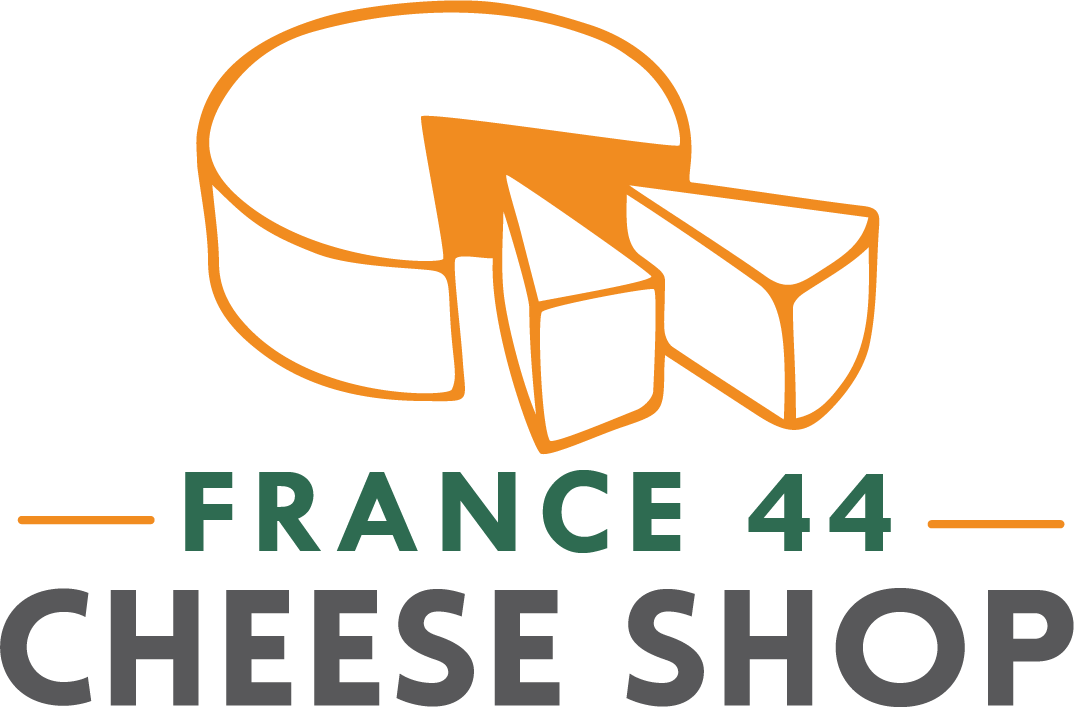What does it mean for something to be inherently tied to the land where it is produced? As globalization plays an increasingly dominant role in our world, distinctions regarding origin become blurrier: we can eat strawberries in Minnesota in February. It’s possible to walk through the aisles of a grocery store without noticing once where our food comes from. But it does matter where our food comes from and this applies to cheese as much as anything.
In the early 1990s, the European Union (as well as individual countries) began to fight back against what they saw as a tarnishing of reputations of foods historically made in Europe. Sparkling wine, they argued, should not be called Champagne unless it is made in Champagne. They viewed these imitation products as unfair competition and believed them to be misleading customers into buying inferior (or at least different) products. The EU established a set of classifications meant to tackle this issue, including “protected designation of origin” (PDO). PDO marks foods and beverages produced entirely within a certain region that have some unique characteristic because of where they are made.
As you can imagine, PDO designations were not awarded evenly across Europe or without dispute. While English cheddar and Italian taleggio received PDO status as early as 1996, others weren’t as lucky. As feta had grown in popularity, it’s production spread from Greece across the rest of Europe and eventually elsewhere in the world, causing many (especially non-Greek feta producers) to argue that its name had become “generic.” The feta cheese that much of the United States is familiar with is often produced outside of Greece, without following traditional practices. As a result, a lot of it doesn’t taste all that good. We know feta as a crumble for salads, salty but otherwise fairly bland and uninteresting. That feta has been ruining Greek salads for decades. Finally, in 2002, feta was given PDO status and must be made in Greece with traditional methods, including the use of 70% sheep’s milk.
The feta that we recently started selling is from a small village on the Greek island of Lesbos. Our primary importer of European cheeses, Essex Street, sent a chef named Danae Tsekoura to the far reaches of Greece looking for a feta worthy of introducing to the US as the “real deal.” This is what feta is meant to taste like: bright, briny, floral. It’s salty without being overbearing and the flavor of the sheep’s milk shines through.
Essex Feta Lesbos is a great example of why we can’t ignore where cheese comes from. It’s glaringly obvious, from Essex’s search for perfect feta to its PDO status, that origin matters. By acknowledging origin, we are able to support independent cheesemakers and farmers in a country that is undergoing economic crisis. It also makes faraway problems seem closer and more personal. Or maybe it just means that we get to eat really delicious feta.







